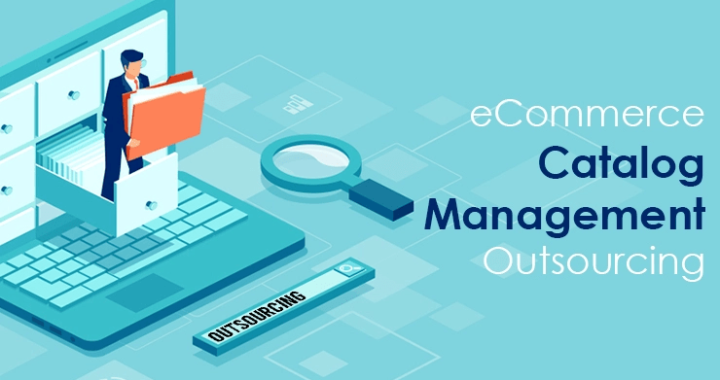Managing your product catalog is one of the most difficult part of selling anything online. You need to go through hundreds or thousands of SKUs to publish across various sales channels like your web store and marketplaces.
It can be tiring and time-consuming to normalize for all your use cases. It is simply too much to handle this is why many traders end up settling for inferior product information. However, poor product information can lead to other issues like incomplete information about the product that a customer may need online. All this can become really easy if you use Catalog Management Services for your product data to make it less chaotic and inconsistent.
Here are some common challenges that market traders face with ecommerce product catalog management:
• Keeping your Product Listings Updated online
Market traders have to continuously update their SKUs about their newly product because of constant changes in the prices, newly available products, or other various offers regarding their products.
• Selling Across Different Mediums
Due to the listing requirements of each channel it is difficult to list products across multiple channels. Designing list for each channel can take a lot much time which can slow down your go to market time with products.
• Dealing with Supplier Data
Your suppliers or other third-party vendors often fork over product data that has bare minimum information and will be missing several items attributes.
Here are some pro tips to improve your Ecommerce Catalog Management:
1. Build trust with quality product information
When managing your digital product catalog, your first goal should be to make sure your (potential) customers are comfortable with shopping on your e-commerce site. You want your web store visitors to trust your business, if you are successful in that then they’re more likely to place an order with you.
2. Map your Catalog Management Process
As mentioned earlier, the involvement of multiple stakeholders makes e-commerce catalog management a posh process. One way to beat this challenge is to first map your catalog management process. Then, you’ll pinpoint where your internal and external stakeholders are located along this process.
3. Upsell and cross-sell with related and alternative products
Suggesting related products in your e-commerce catalog is a simple way to increase your average order value. Think about your own experiences shopping online. If you’re browsing for a replacement camera, most web stores suggest the simplest battery, memory card and case to travel with it.
4. Balance your offline and online catalogs
If you’re using an offline product catalog in addition to your online catalog, you ought to believe the way to make the two catalogs complement each other. For instance, your offline catalog can function an easy-to-read product overview for a broad understanding and quick decisions; while the web catalog can function an in depth and up-to-date product information hub for product deep-dives and comparisons.
5. Personalize Your B2B E-Commerce Product Catalog
If you run a B2B business, you’re more likely supposed to face an additional level of complexity: your product pricing can differ per customer or per ordering situation.
That is why catalog personalization are often a crucial thing to think about for your B2B web store. Pay close attention therefore as to if your web store can control the worth displayed.

